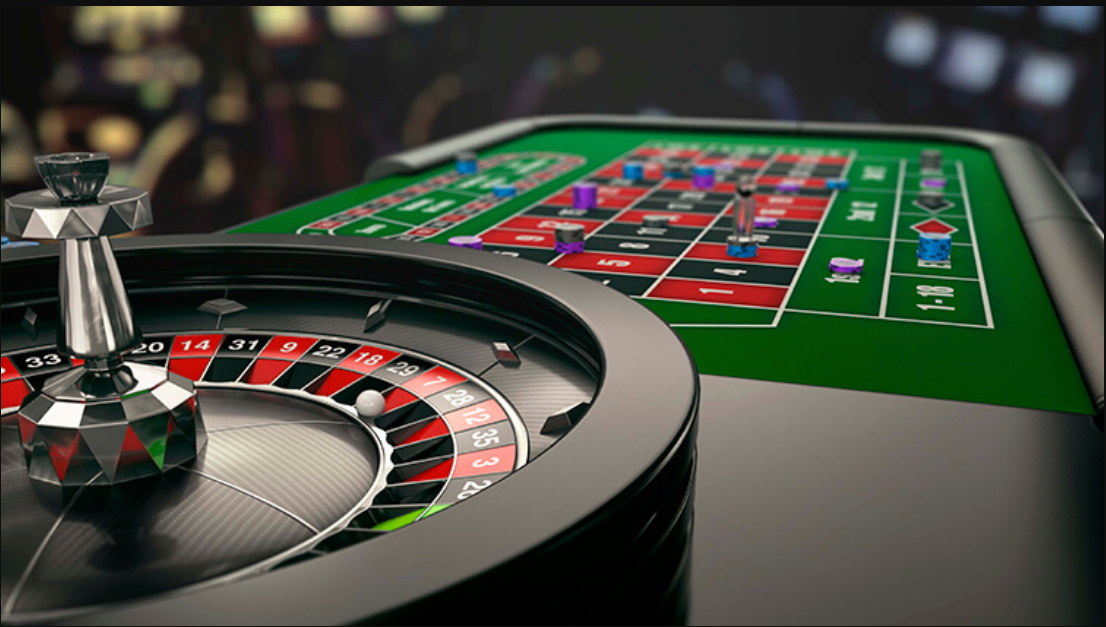
Casino experiences have long captivated the human imagination, drawing gamblers into a realm filled with fortune, planning, and the allure of thrill. Each activity is carefully crafted not just for fun, but also to inspire targeted emotional responses that keep participants engaged and invested. Understanding the reasons behind these designs reveals much about how behavioral psychology plays a key role in the gaming experience.
From the bright lights and vibrant sounds to the intricate layering of rules and rewards, casino games are designed to create an atmosphere of excitement and expectation. Game designers leverage psychological principles to influence participant behavior, whether through the use of jackpots, close-call situations, or social connections. By examining these factors, we can better appreciate how casino games fulfill not just a desire for entertainment, but underlying psychological needs for excitement and hazard.
Comprehending Gamer Behavior
Casino games are crafted with a thorough understanding of player psychology, which is essential for luring and keeping players. The thrill of the game, coupled with the hope of winning, produces a powerful draw. Game designers employ elements like sonic elements, colorful graphics, and immersive gameplay to seize attention and generate emotional responses. These sensory elements enhance the immersive experience, making players feel more invested in the game.
Another notable aspect of player behavior is the concept of risk/reward dynamics. Casino games often manage high-risk scenarios with the potential for significant rewards, which can cause the phenomenon known as near-miss experience. When players come within reach to winning, the brain secretes dopamine, bolstering their behavior and encouraging them to keep playing in quest of that hard-to-reach win. This cycle of wish and frustration plays a key role in how games are constructed and advertised.
Lastly, social elements also play a pivotal role in player behavior at casinos. Many games are designed to be played in teams or with other players, nurturing a sense of togetherness and collective experience. The interaction inherent in games like poker enhances enjoyment and can result in extended gameplay. Designers take advantage on this by creating environments that prompt players to stay, interact, and return, making the overall casino experience more attractive.
The Role of Imagery and Audio
Imagery and sound play a vital role in enhancing the player’s experience within casino games. Designers utilize bold colors, eye-catching graphics, and captivating animations to capture players’ attention and sustain their interest. The use of motifs, such as exploration or opulence, helps create an enthralling atmosphere that transports players into a different world. By connecting to the senses, these elements contribute to a intensified emotional response, encouraging players to engage more profoundly with the games.
Audio design is equally important in reinforcing the overall experience of casino games. The combination of ambient music, sound effects for successful combinations, and ambient noises creates an auditory landscape that keeps players fascinated. Audio cues associated with victories, such as chiming bells or celebratory music, evoke feelings of excitement and reward, prompting players to continue playing. These sound cues are strategically placed to enhance the excitement of the game and create a more engaging experience.
Moreover, the synchronization of imagery and audio is essential for supporting the game’s overall concept and atmosphere. Each element should align harmoniously to create a cohesive experience that pulls players in. The effective use of this integration not only enhances user satisfaction but also boosts the chances of repeat play, as players become more engaged in the immersive world that the gambling games offer. MM88 This thoughtful combination of visuals and sound ultimately enhances player involvement and loyalty.
Reward Structures and Participation
The creation of gambling games heavily depends on incentive structures to ensure players involved and coming back for additional experiences. These structures are based in behavioral theories that take advantage of human nature and desire. Participants are often driven by the excitement of winning, which is reinforced by immediate responses through the game structure’s mechanics. This prompt satisfaction not just enhances the gaming experience but also cultivates a sense of success, prompting players to keep playing in hopes of greater rewards.
Gaming establishments utilize various reward structures, such as large payouts, extra rewards, and increased rewards, to engage participants. These features create a level of thrill that sustains engagement. MM88 Additionally, the randomness of results plays a crucial role in sustaining attention. The variable reward system, where successes are random but happen often enough, maintains participants on edge and motivated to keep playing. This loop of hope and anticipation is foundational to the success of gambling experiences.
Furthermore, social elements, such as competitive events and collaborative options, enhance the engagement factor by leveraging the competitive nature of players. The shared experience of playing with others can amplify the excitement of success and create a sense of community within the casino. By combining these social dynamics with effective incentive structures, gambling experiences don’t just offer fun but also nurture a deeper bond among participants, reinforcing their commitment to the gaming experience.